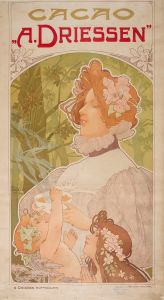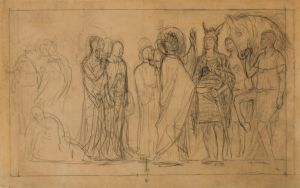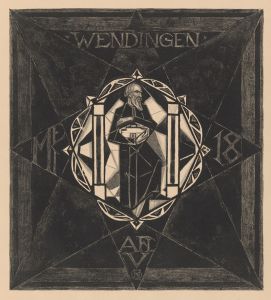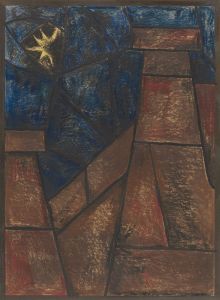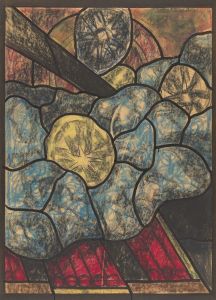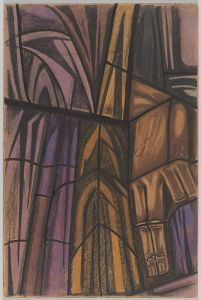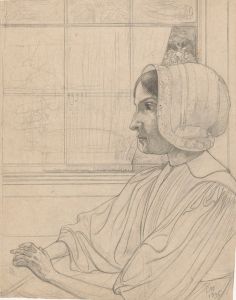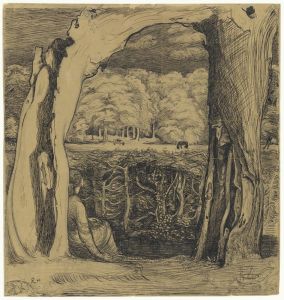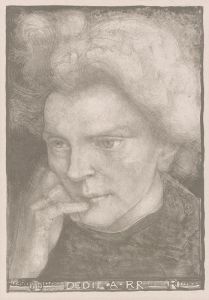
De Garde
A hand-painted replica of Richard Nicolaüs Roland Holst’s masterpiece De Garde, meticulously crafted by professional artists to capture the true essence of the original. Each piece is created with museum-quality canvas and rare mineral pigments, carefully painted by experienced artists with delicate brushstrokes and rich, layered colors to perfectly recreate the texture of the original artwork. Unlike machine-printed reproductions, this hand-painted version brings the painting to life, infused with the artist’s emotions and skill in every stroke. Whether for personal collection or home decoration, it instantly elevates the artistic atmosphere of any space.
Richard Nicolaüs Roland Holst was a prominent Dutch artist known for his contributions to the Symbolist movement in the late 19th and early 20th centuries. Born on December 4, 1868, in Amsterdam, he was part of a family with strong artistic and literary connections. His work often reflected his deep interest in literature, mythology, and social issues, which were common themes in Symbolist art.
One of his notable works is "De Garde," although specific details about this particular painting are not extensively documented in available historical records. Roland Holst's oeuvre generally includes paintings, drawings, and murals, characterized by their symbolic content and often featuring allegorical figures. His style was influenced by the broader European Symbolist movement, which sought to express ideas and emotions through symbolic imagery and themes rather than direct representation.
Roland Holst was also deeply involved in the social and political movements of his time, which often influenced his artistic output. He was an advocate for socialism and believed in the power of art to inspire social change. This belief was reflected in his involvement with various artistic and political groups, including the Dutch Social Democratic Workers' Party. His commitment to social ideals often found expression in his art, which aimed to convey messages of hope, unity, and transformation.
In addition to his paintings, Roland Holst was a prolific writer and art critic. He contributed to various publications and was known for his thoughtful essays on art and society. His writings often explored the role of the artist in society and the potential of art to contribute to social progress.
Roland Holst's influence extended beyond his own work, as he was also a respected teacher. He taught at the Rijksakademie van Beeldende Kunsten in Amsterdam, where he mentored a new generation of artists. His teaching emphasized the importance of artistic integrity and the pursuit of personal vision, principles that he upheld throughout his career.
Despite the lack of specific information about "De Garde," Roland Holst's body of work remains significant in the context of Dutch art history. His contributions to the Symbolist movement and his commitment to using art as a means of social commentary have left a lasting legacy. His works are held in various collections, and he is remembered as a key figure in the cultural landscape of his time.
In summary, while detailed information about the painting "De Garde" is limited, Richard Nicolaüs Roland Holst's impact as an artist and thinker is well-documented. His dedication to exploring complex themes through art and his influence as a teacher and writer continue to be recognized and appreciated in the study of art history.







